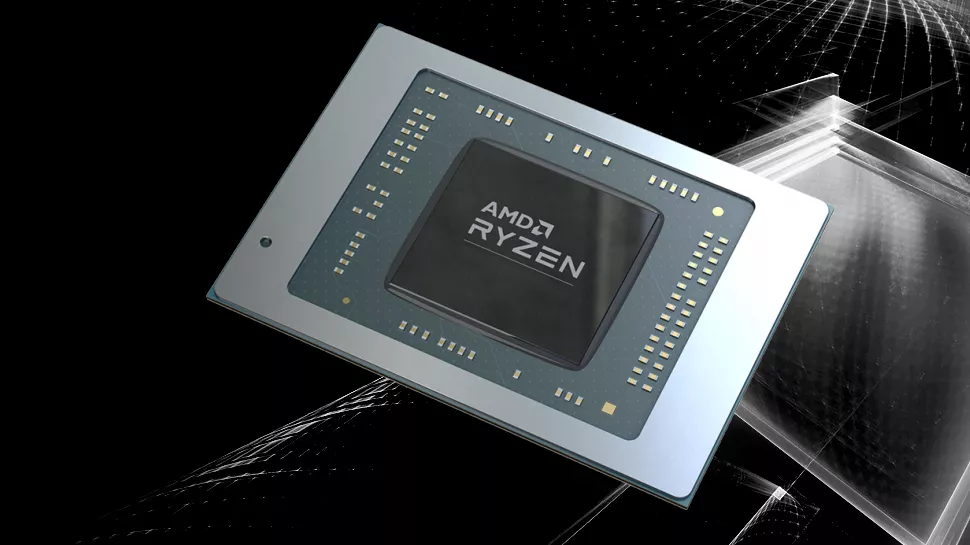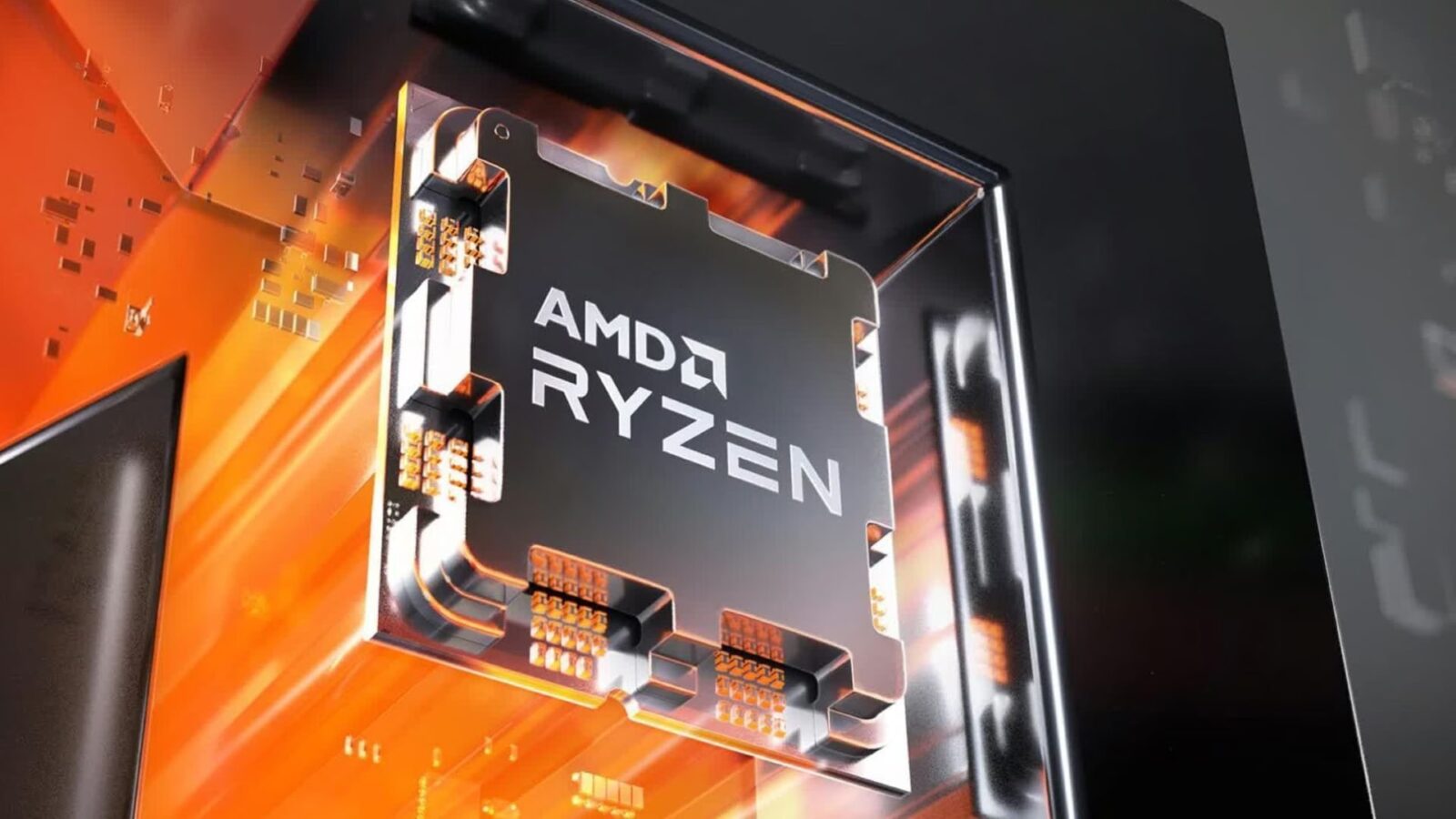The benchmarks of AMD’s fastest iGPU, the Radeon 890M with RDNA 3.5 architecture, have leaked, surpassing several entry-level dGPUs. The AMD RDNA 3.5 graphics architecture will make its official debut with the Ryzen AI 300 “Strix Point” APUs at the end of this month. This integrated GPU will initially be available in two versions, the Radeon 890M and the Radeon 880M. The former is equipped with 16 compute units with a clock speed of up to 2900 MHz, and the latter with 12 compute units also at 2900 MHz. Officially, AMD has revealed graphics performance up to 47% faster than the competition (Intel Meteor Lake), but it seems that these iGPUs represent a significant threat to the entry-level discrete graphics segment, as demonstrated by the leaked benchmarks.
The latest benchmarks come from Geekbench 6 in the Vulkan and OpenCL graphics tests. The laptop under benchmark is the ASUS ProArt P16, configured with an AMD Ryzen AI 9 HX 370 APU, which we recently discussed here, and which has high single-thread and multi-thread performance. The laptop is configured with 32 GB of LPDDR5-7467 MT/s memory and was running in “Performance” mode. Regarding performance, the AMD Radeon 890M “RDNA 3.5” iGPU scored 46,298 points in the Vulkan test and 42,932 points in the OpenCL tests. The chart below illustrates how the iGPU compares to a range of current-generation iGPUs and discrete GPUs:
Comparing the AMD Radeon 890M “RDNA 3.5” iGPU to the latest-generation Radeon 780M “RDNA 3” iGPU, there is a 46% increase in Vulkan tests and a 38% increase in OpenCL tests. The iGPU also comfortably outpaces many discrete GPUs like the RTX 3050 4 GB, RX 6400, and Arc A380. The same holds true for the OpenCL tests, where the iGPU outperforms several discrete GPUs while consuming significantly less power than the Strix Point’s power limits.
This demonstrates that the entry-level discrete graphics market will no longer be seen as an attractive proposition when similar performance can be obtained from iGPUs without the need for the additional power that discrete graphics chips consume. And this is just the 16 compute unit SKU; with AMD’s Strix Halo APUs, the red team should offer up to 40 compute units, which will represent a truly competitive graphics solution against the mainstream discrete GPU segment. The only competing iGPU to AMD’s RDNA 3.5 will be Intel’s “Xe2” Arc series, which will also debut with Lunar Lake CPUs.










